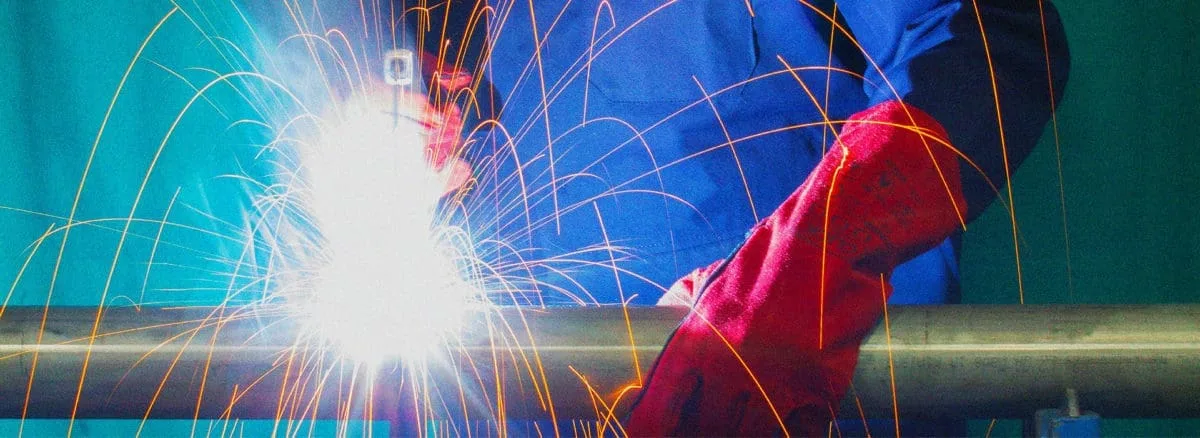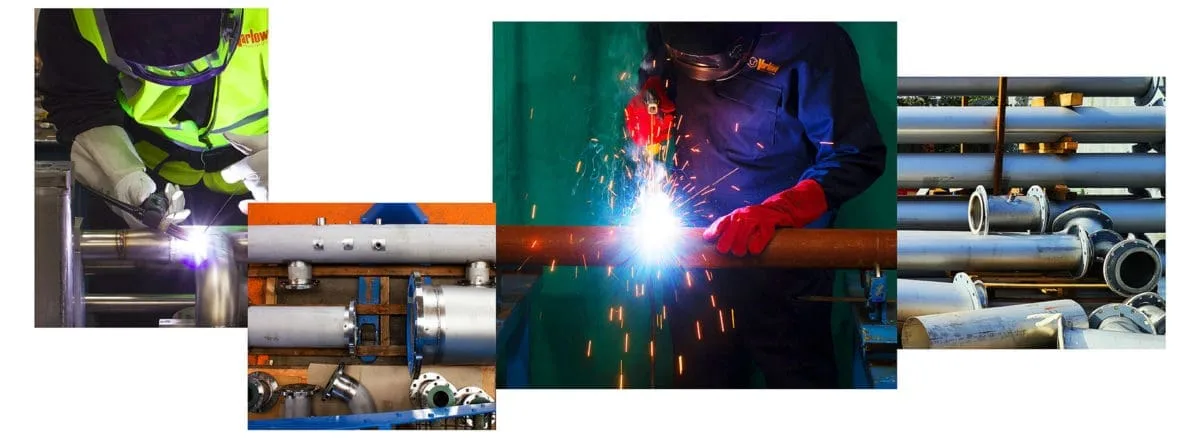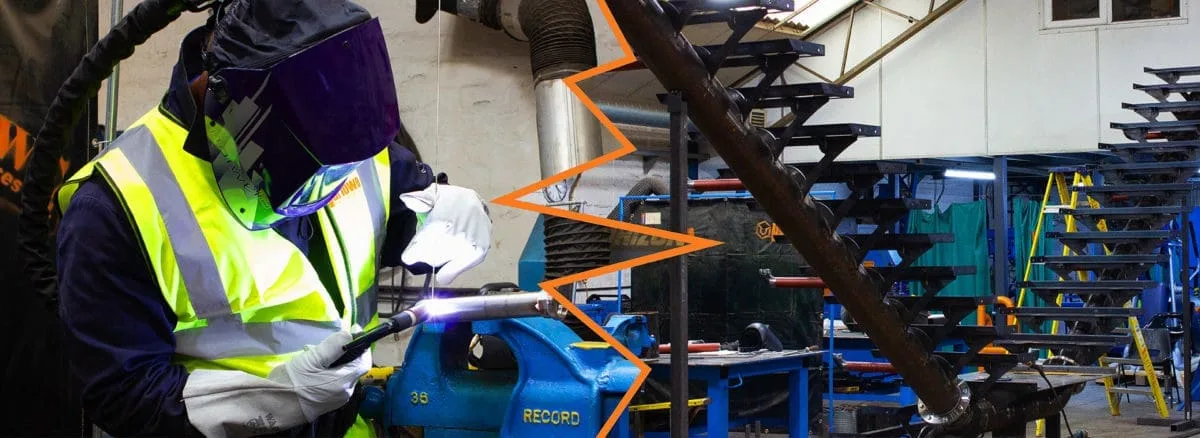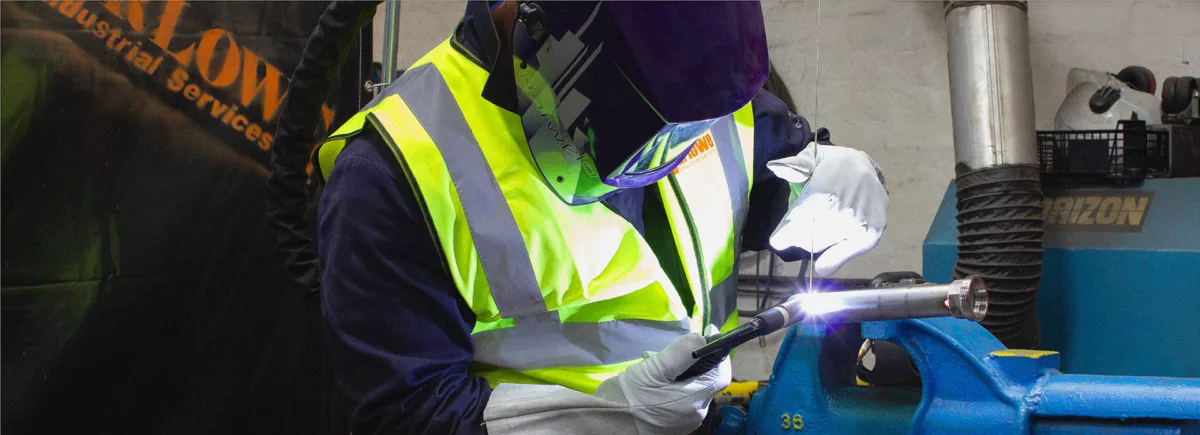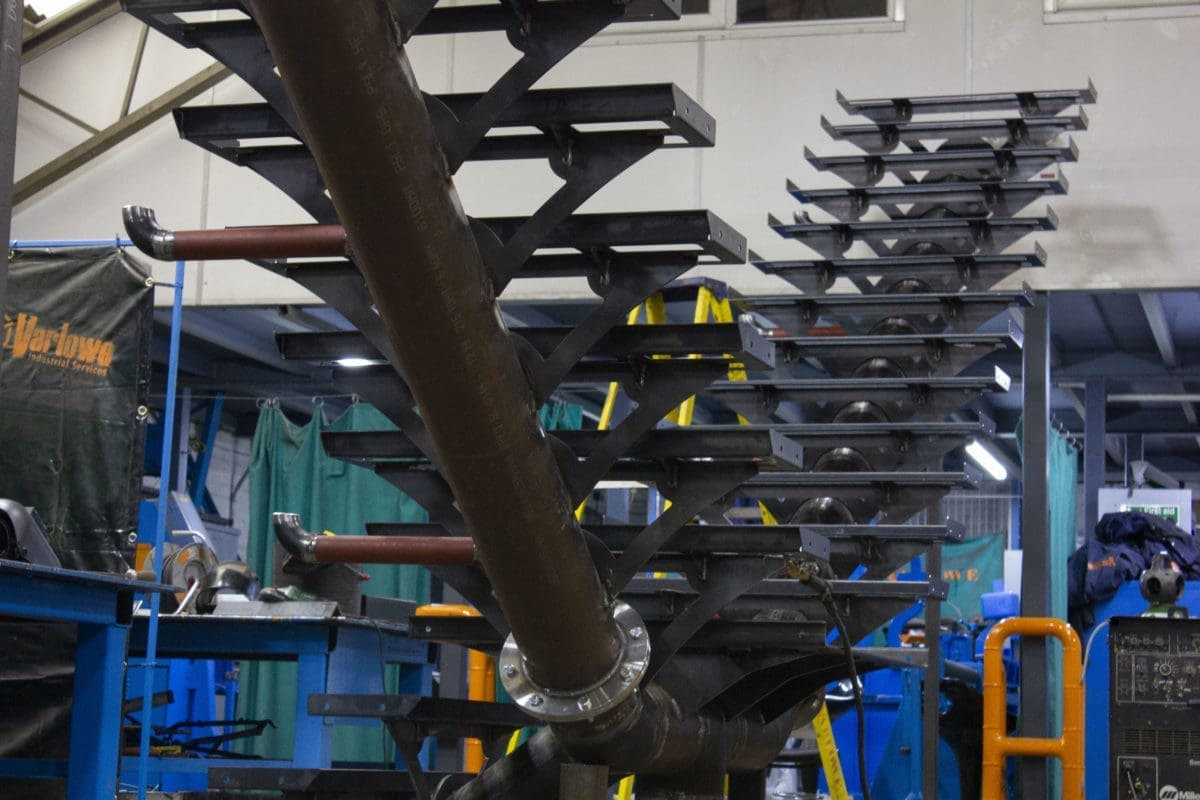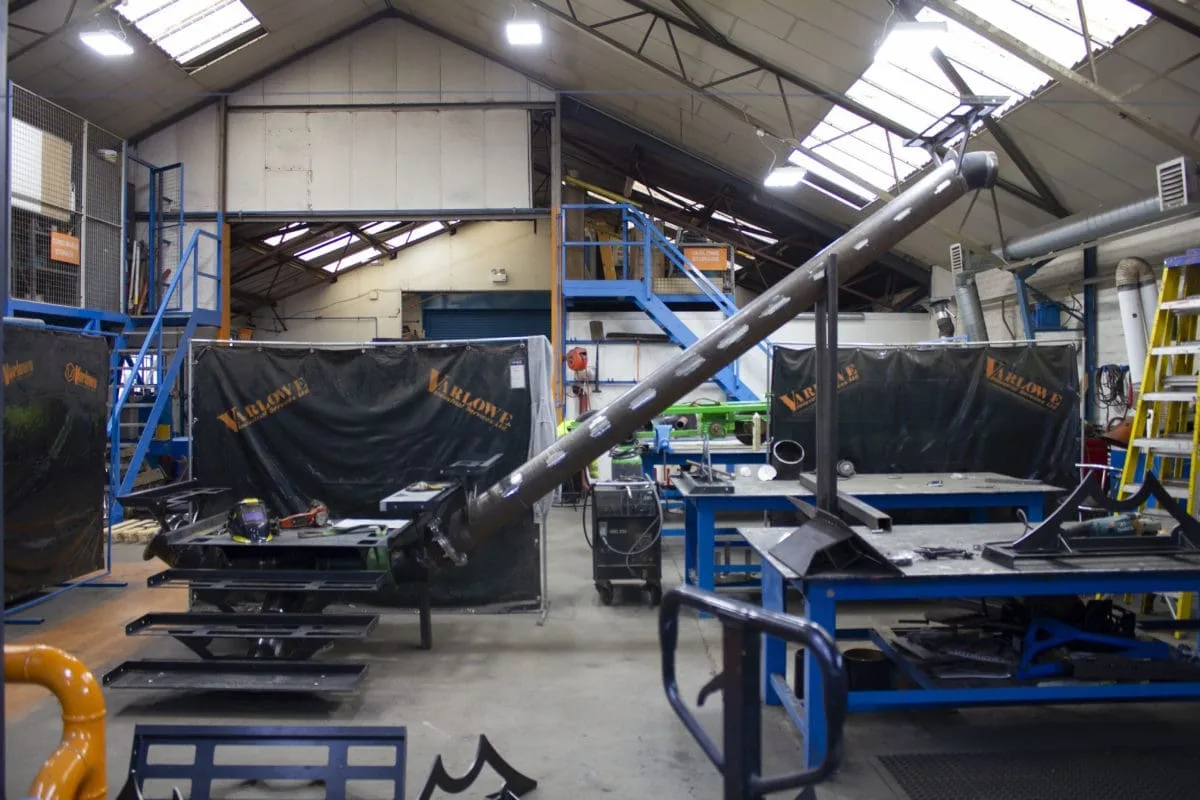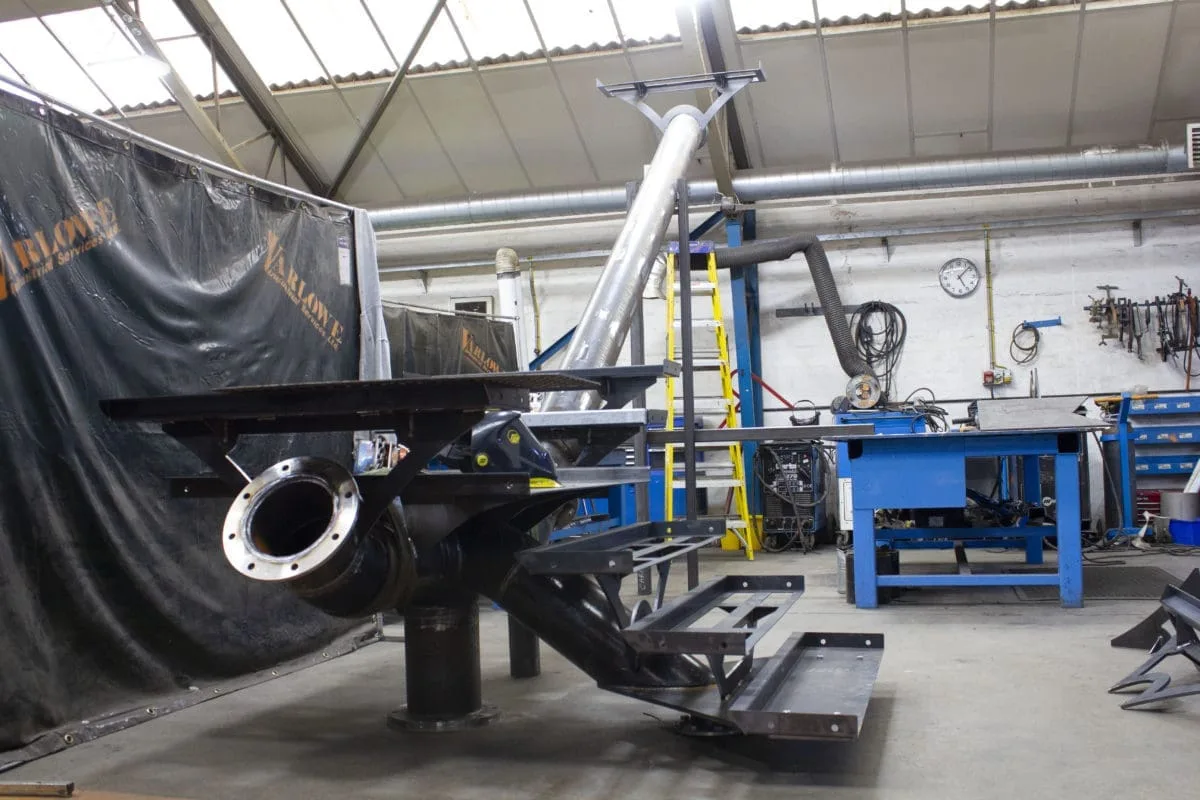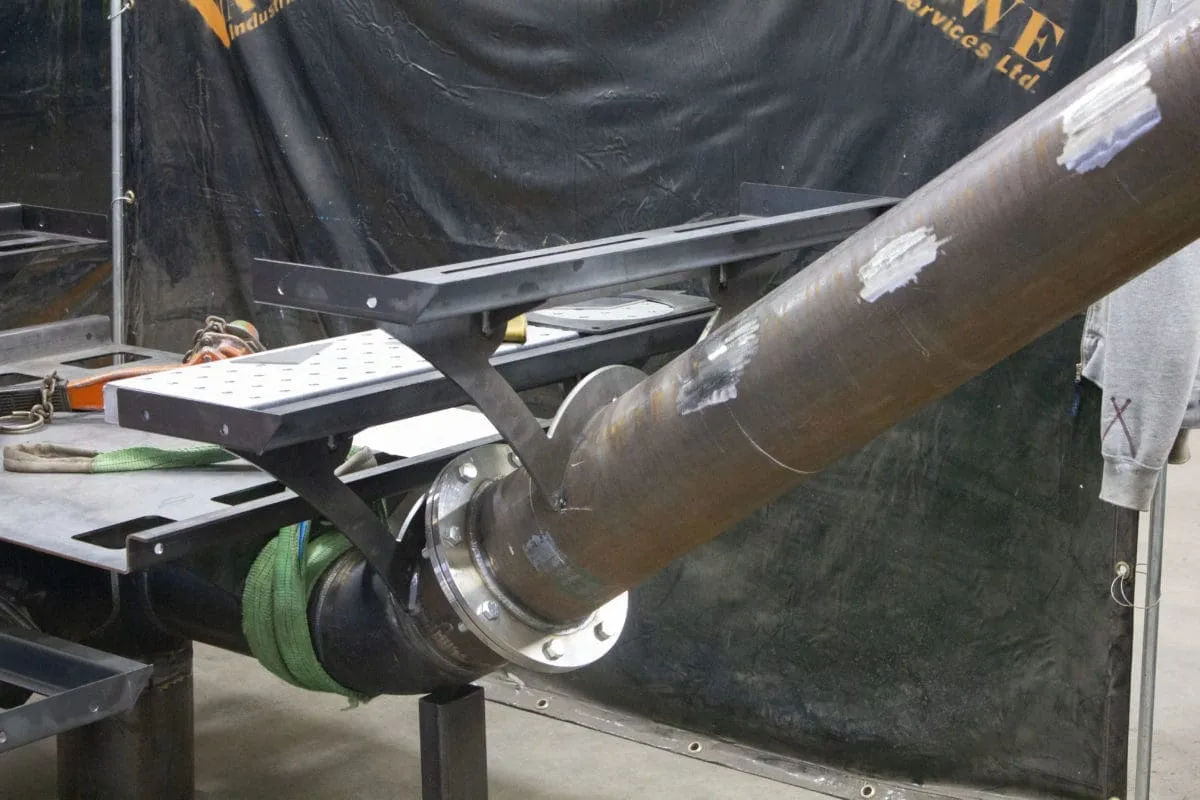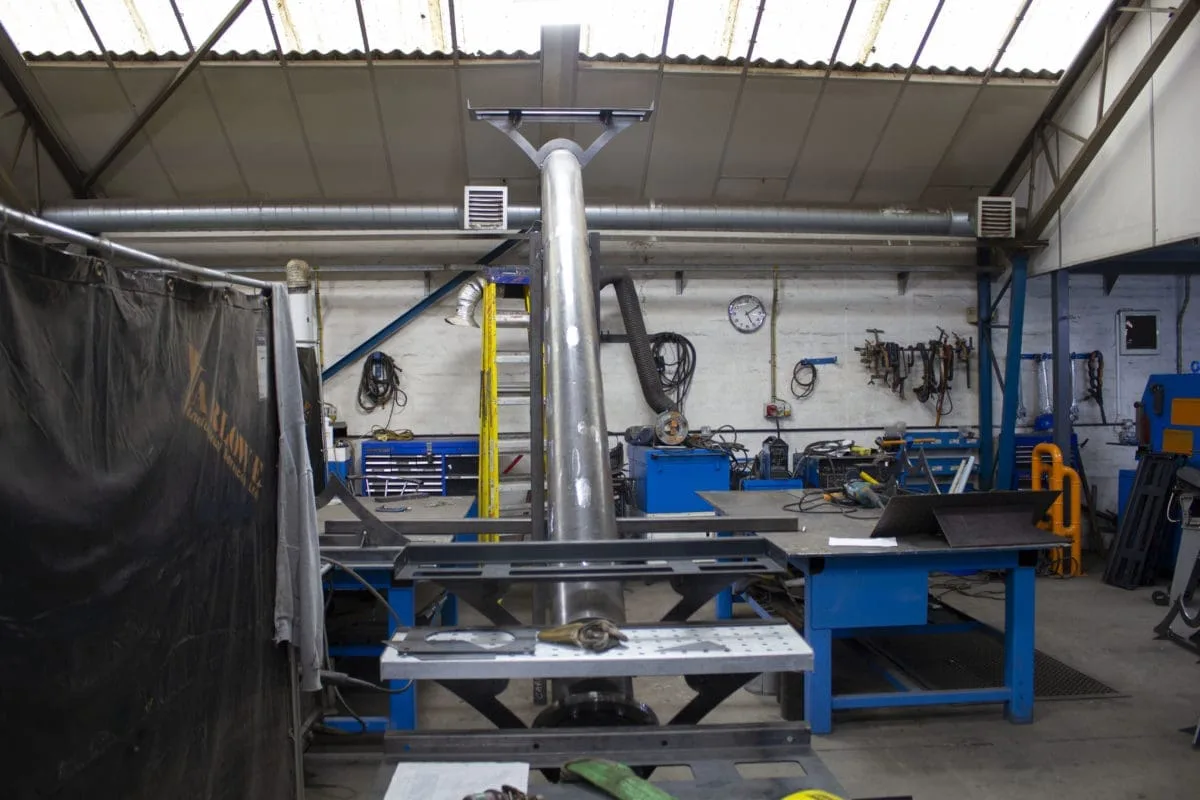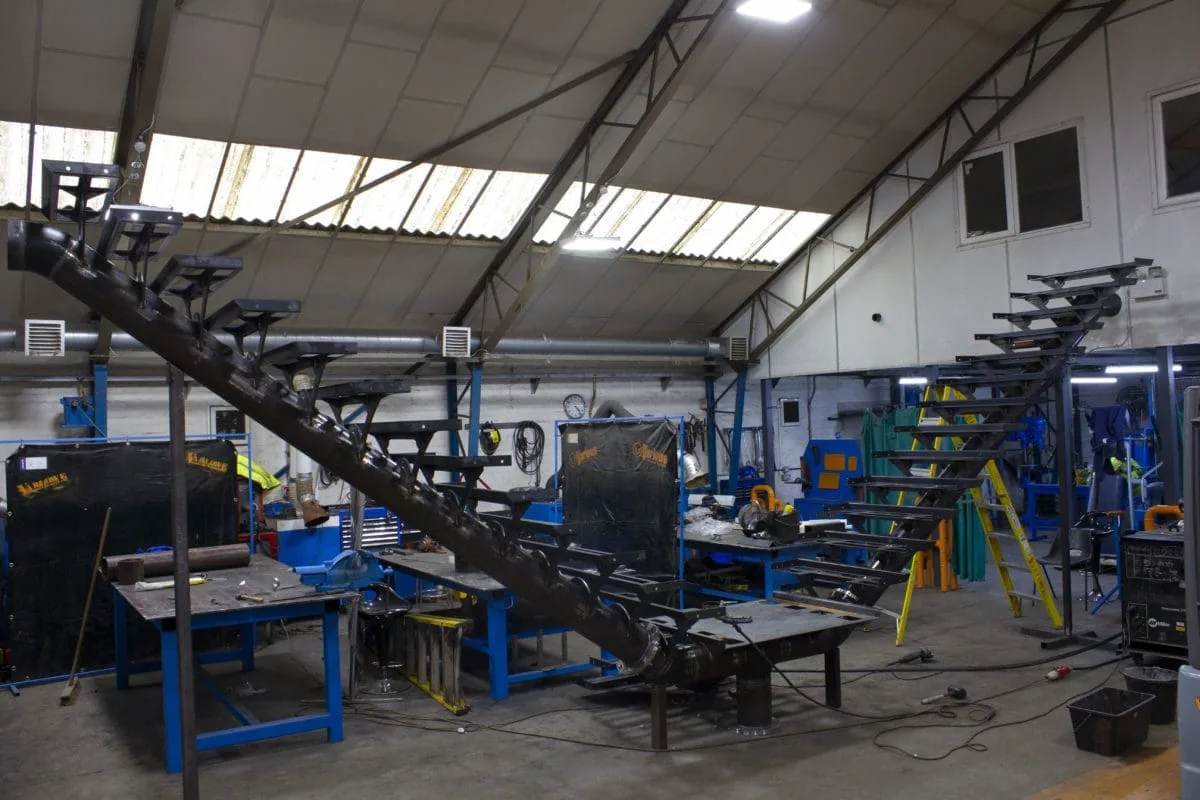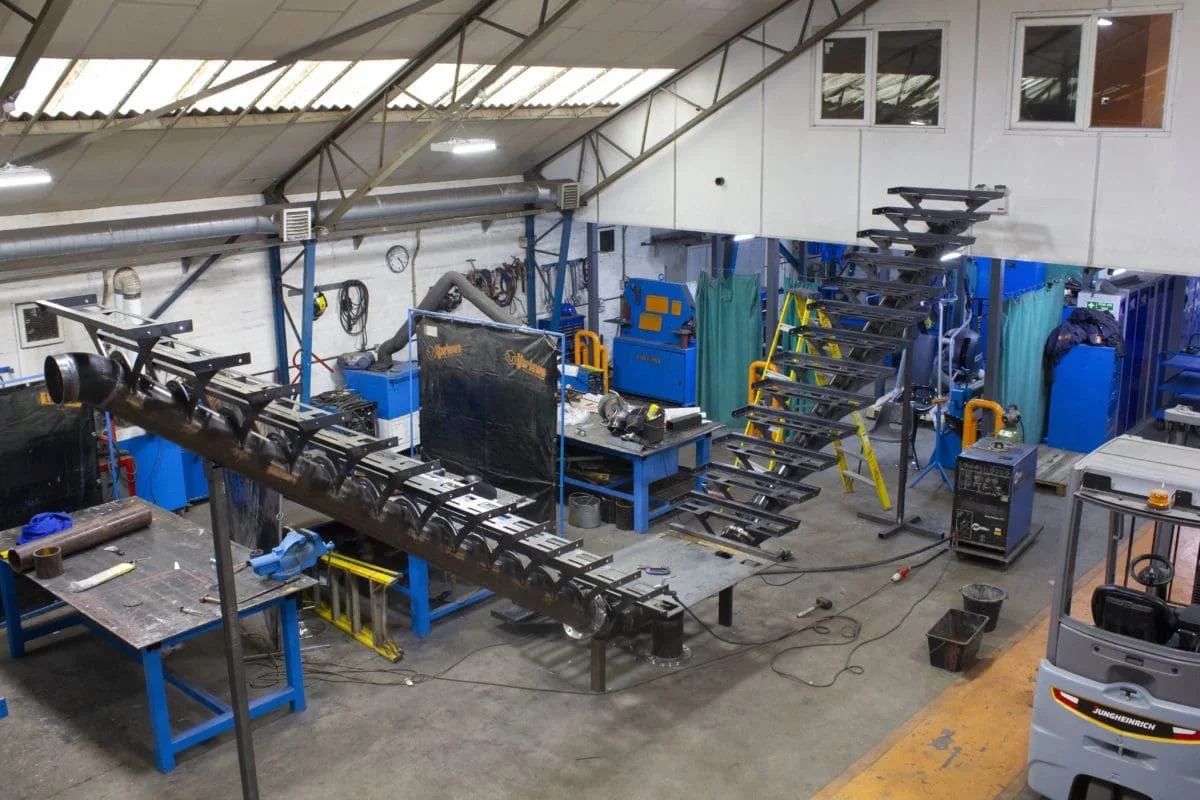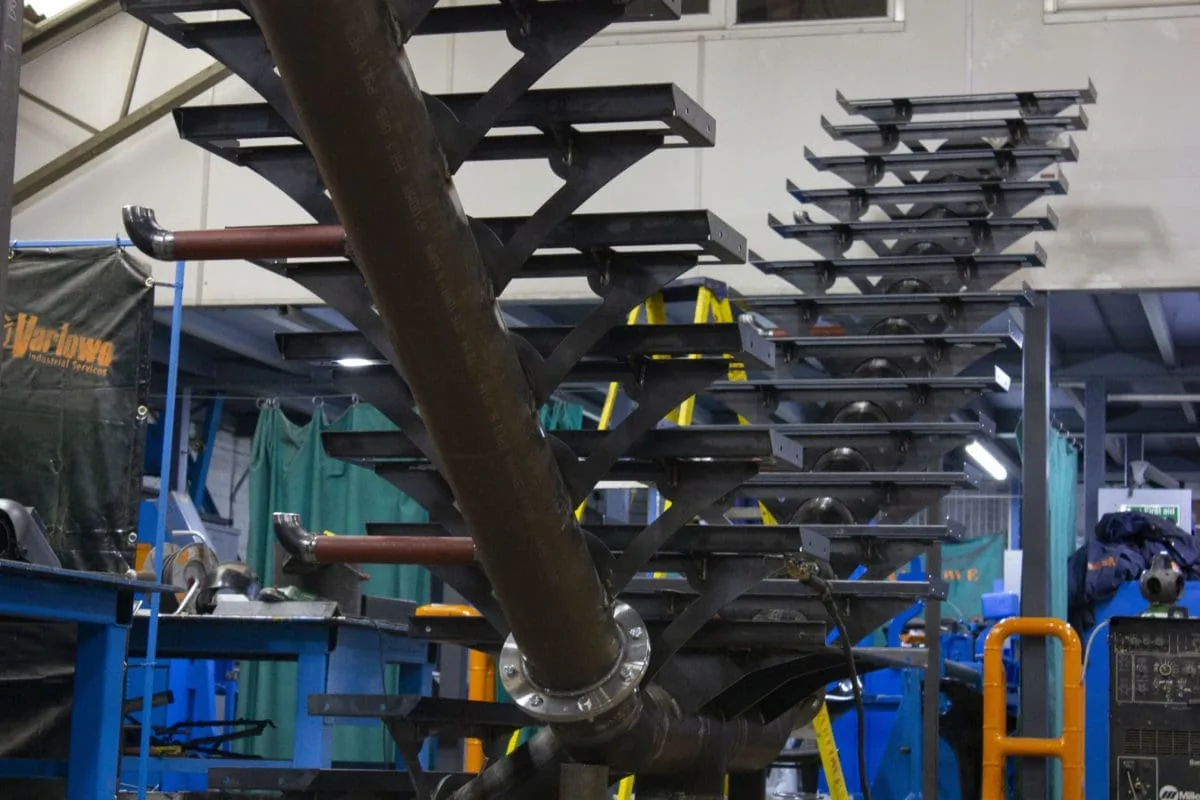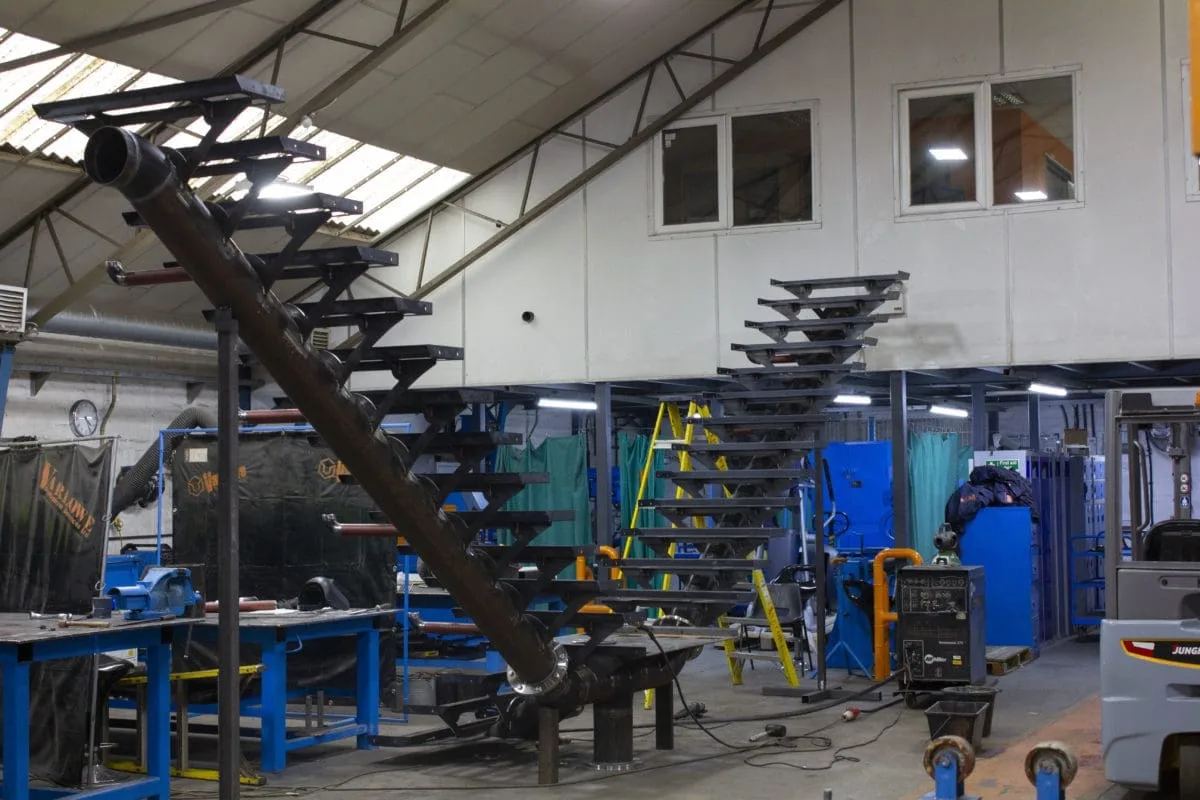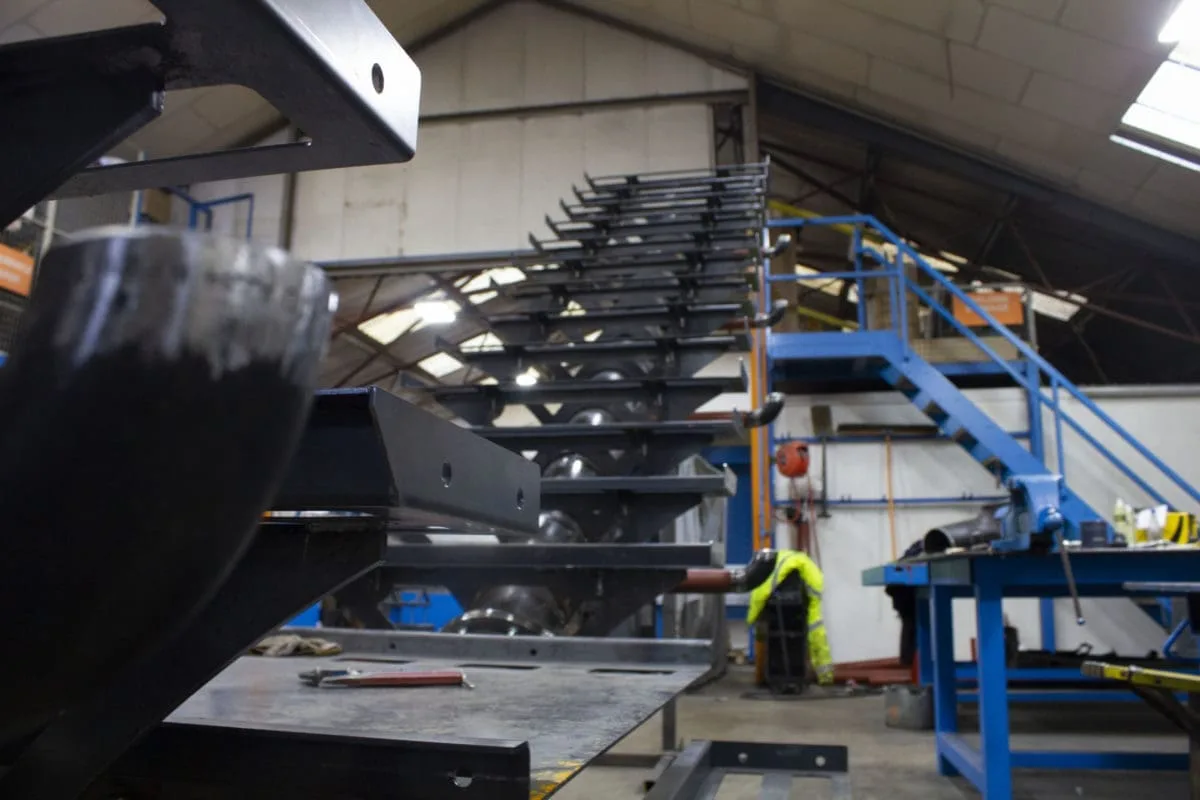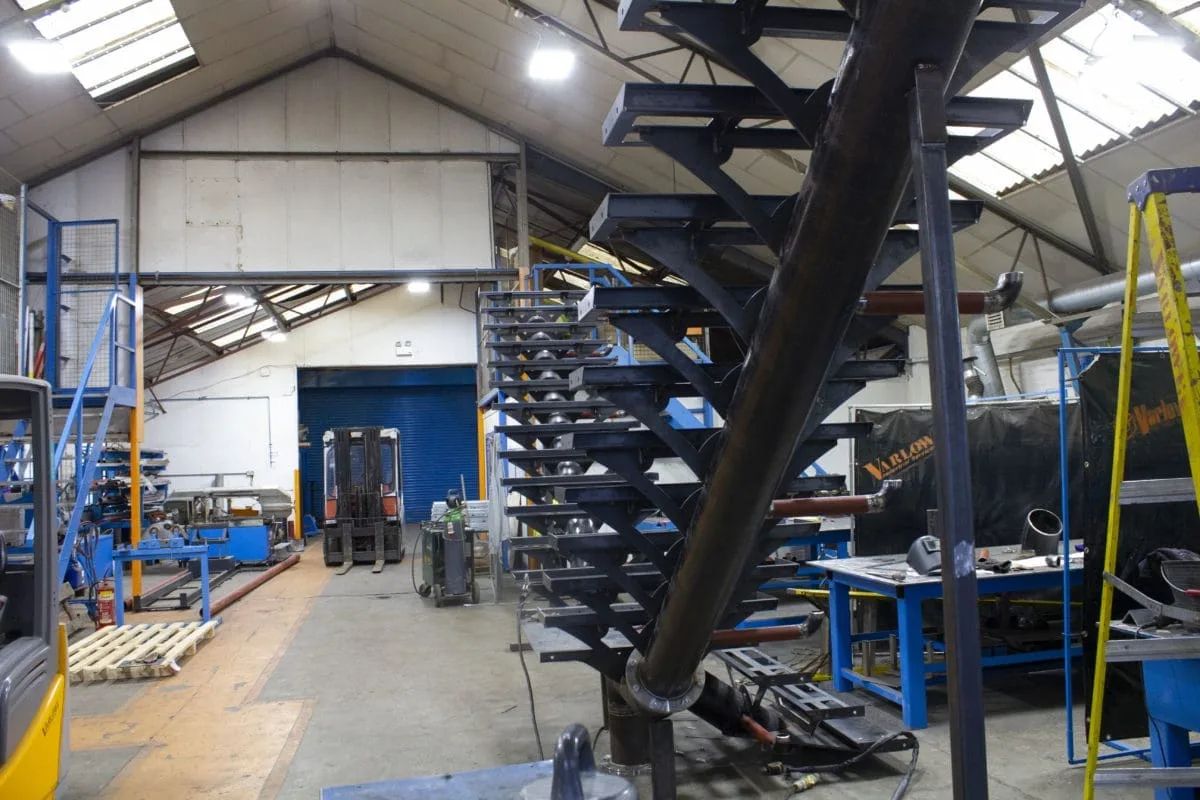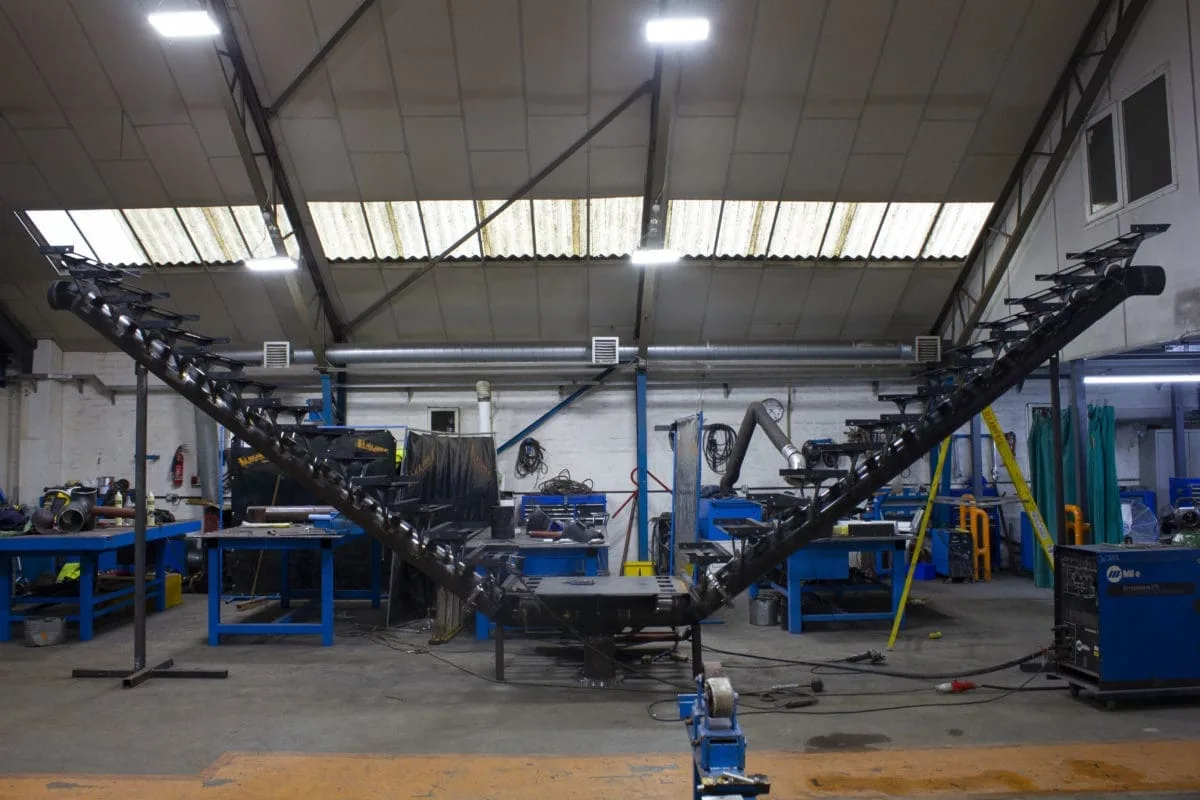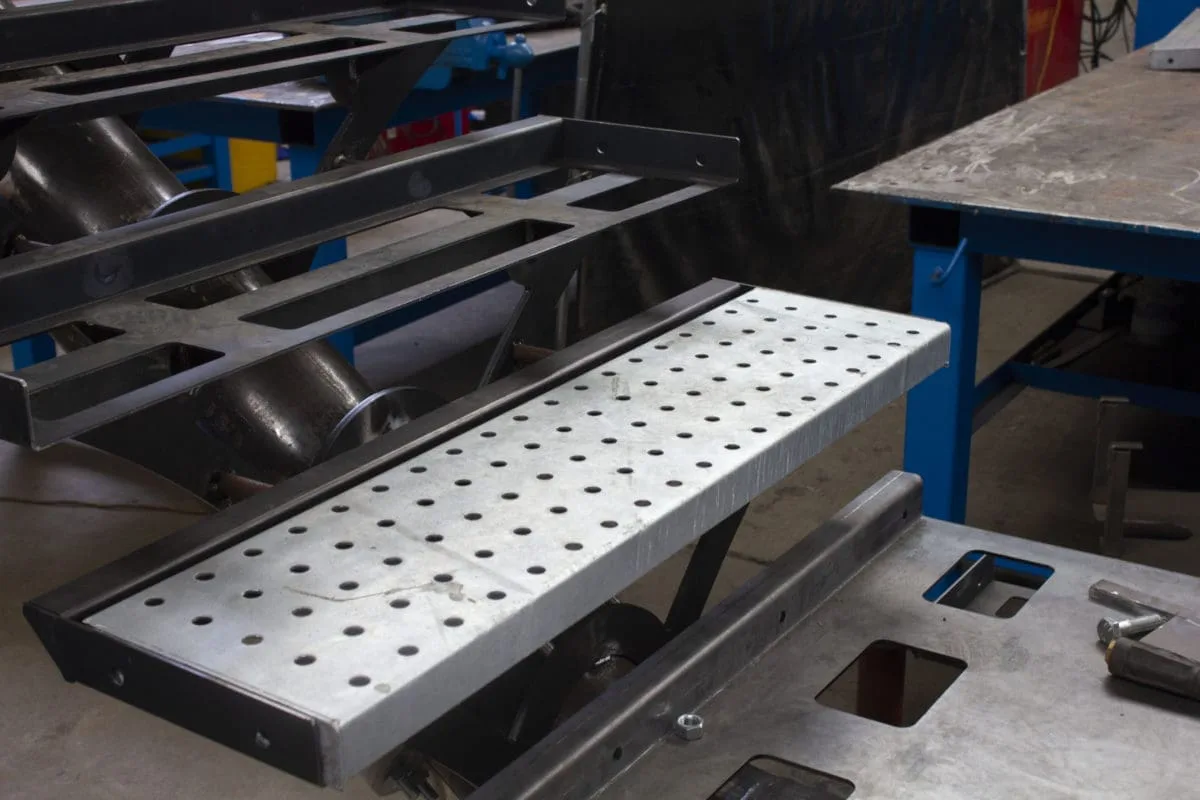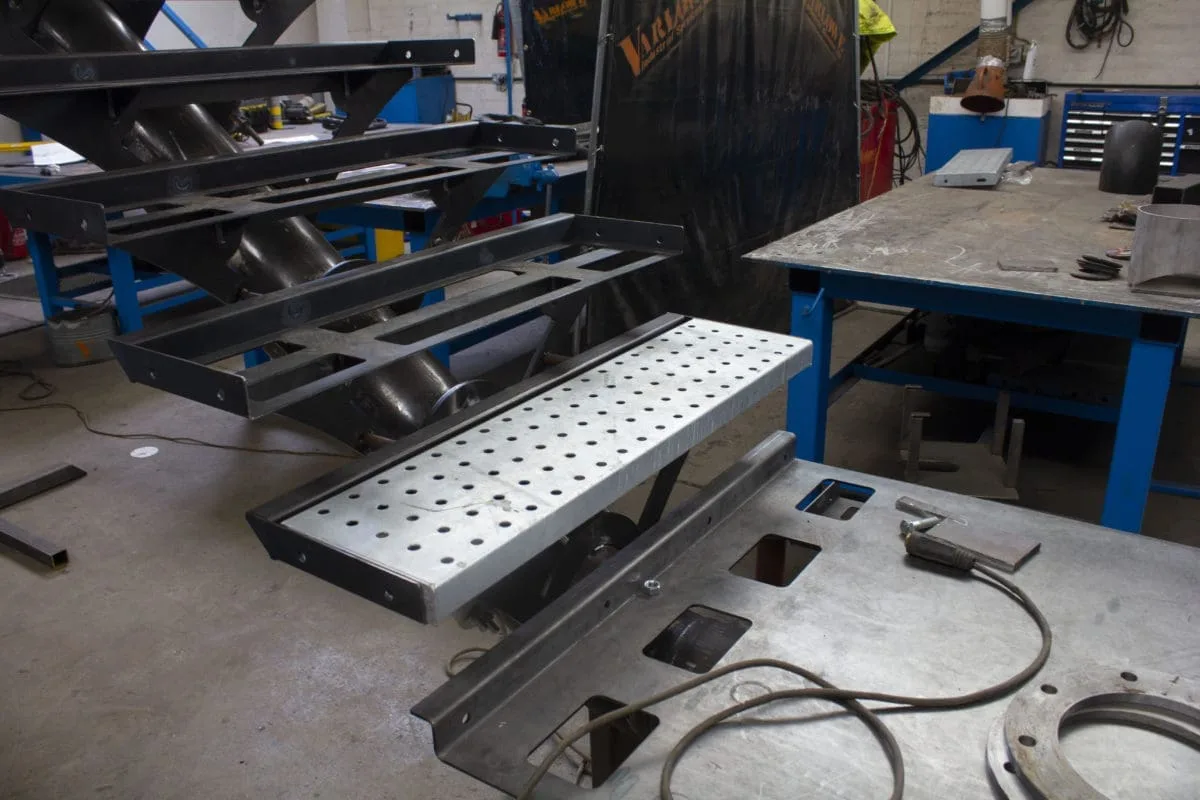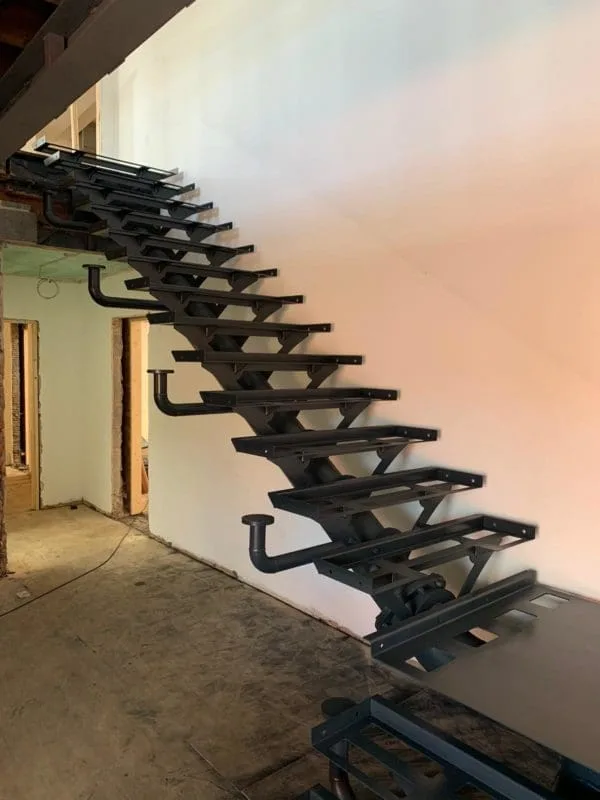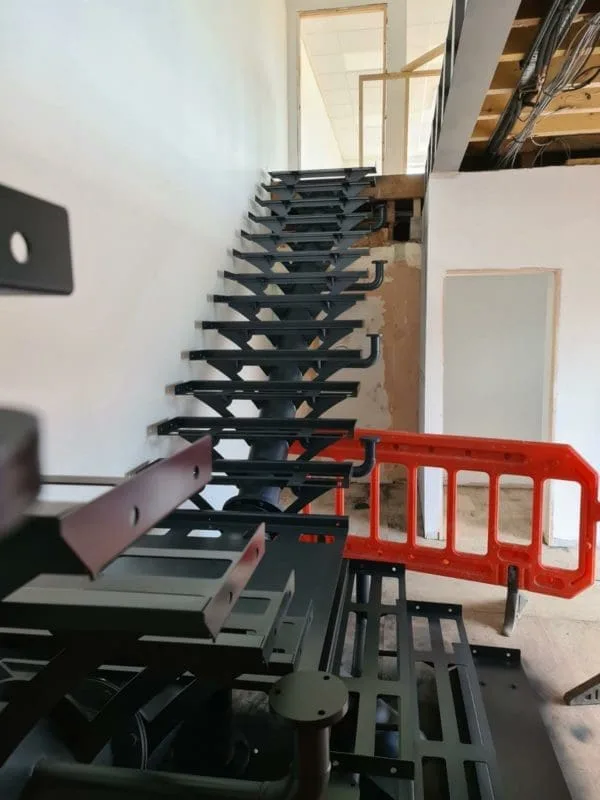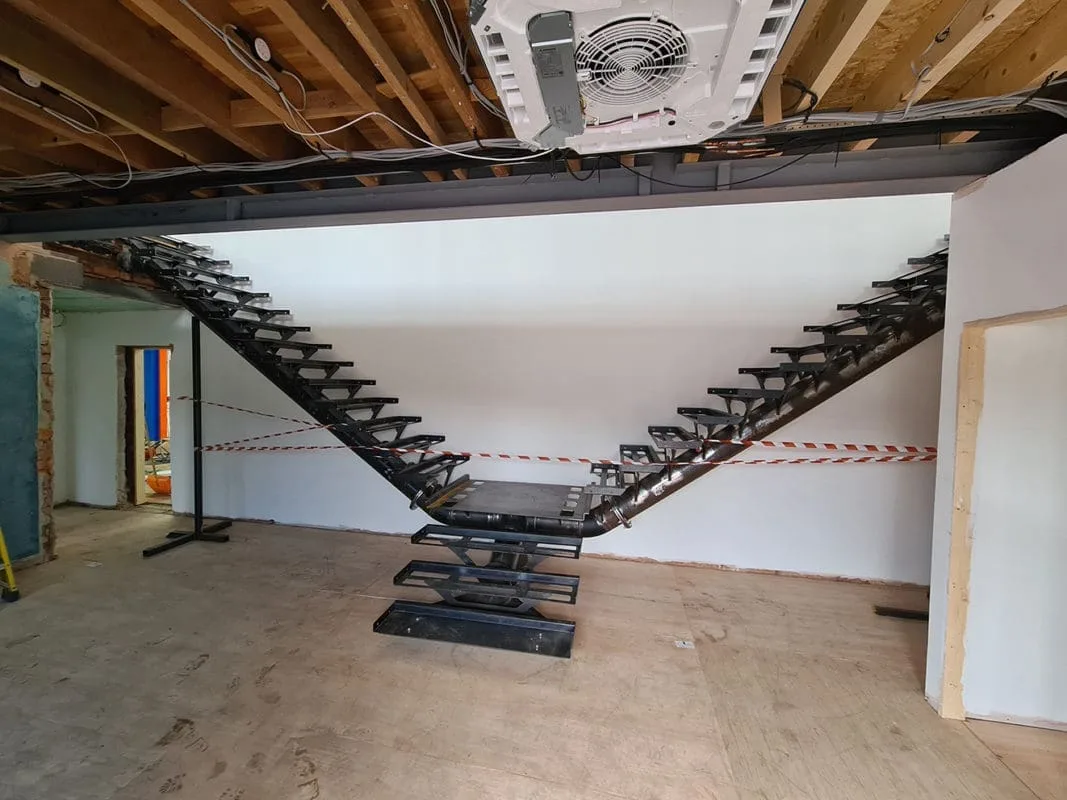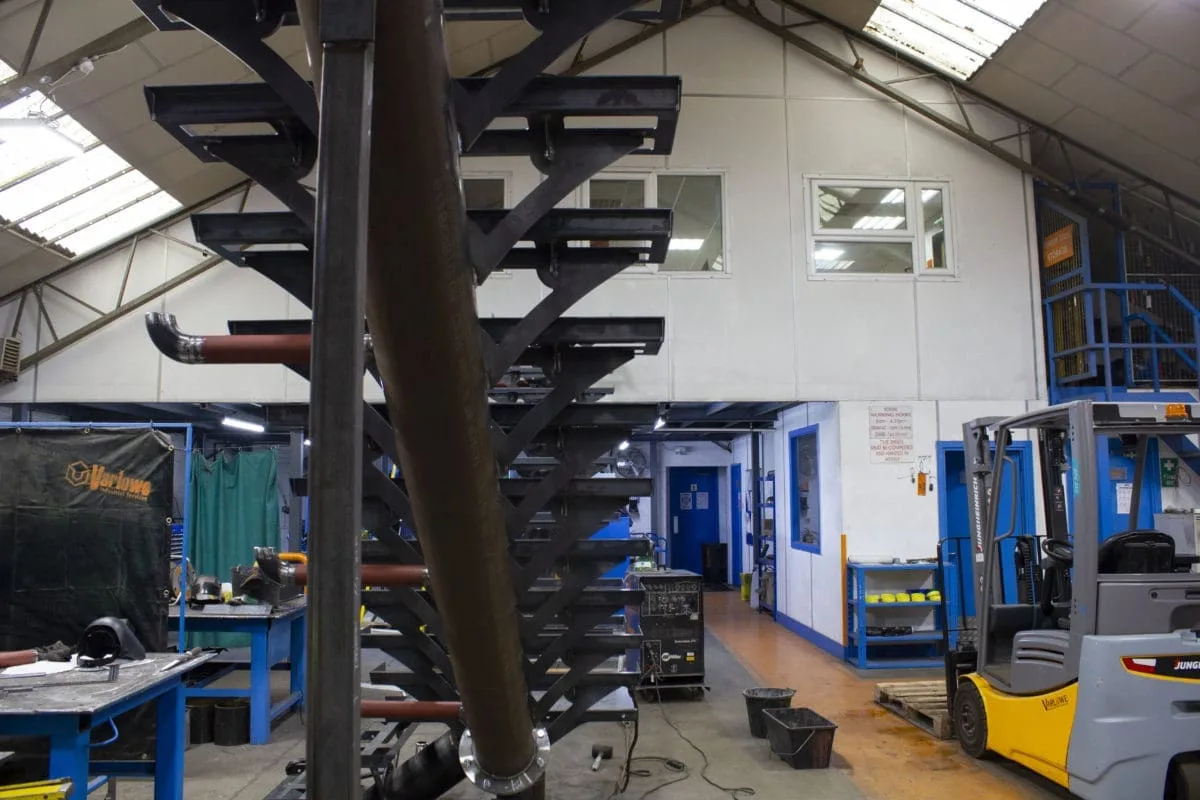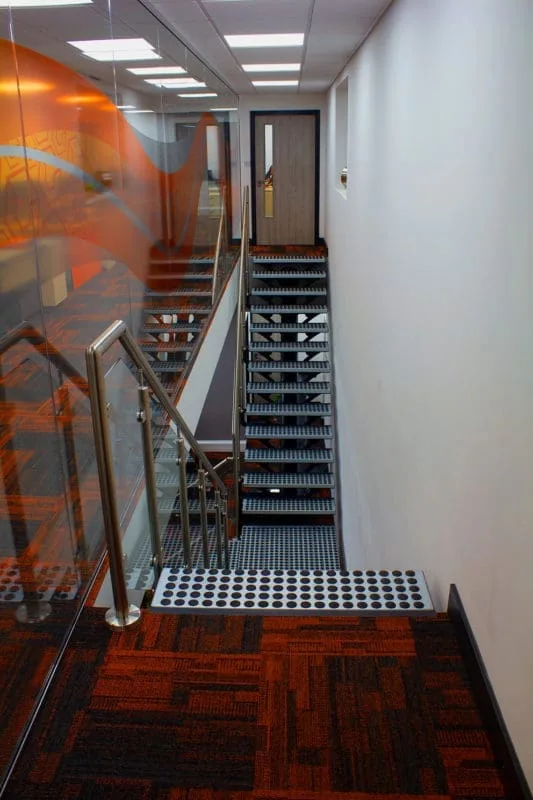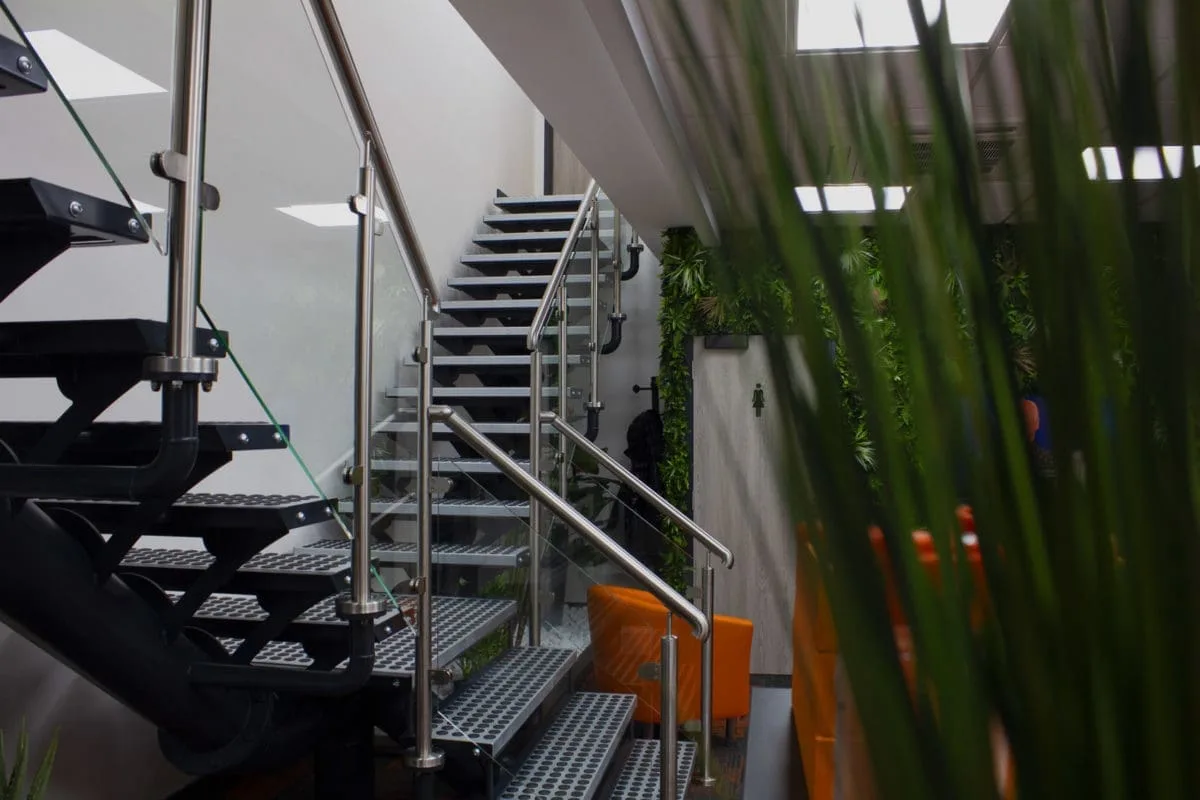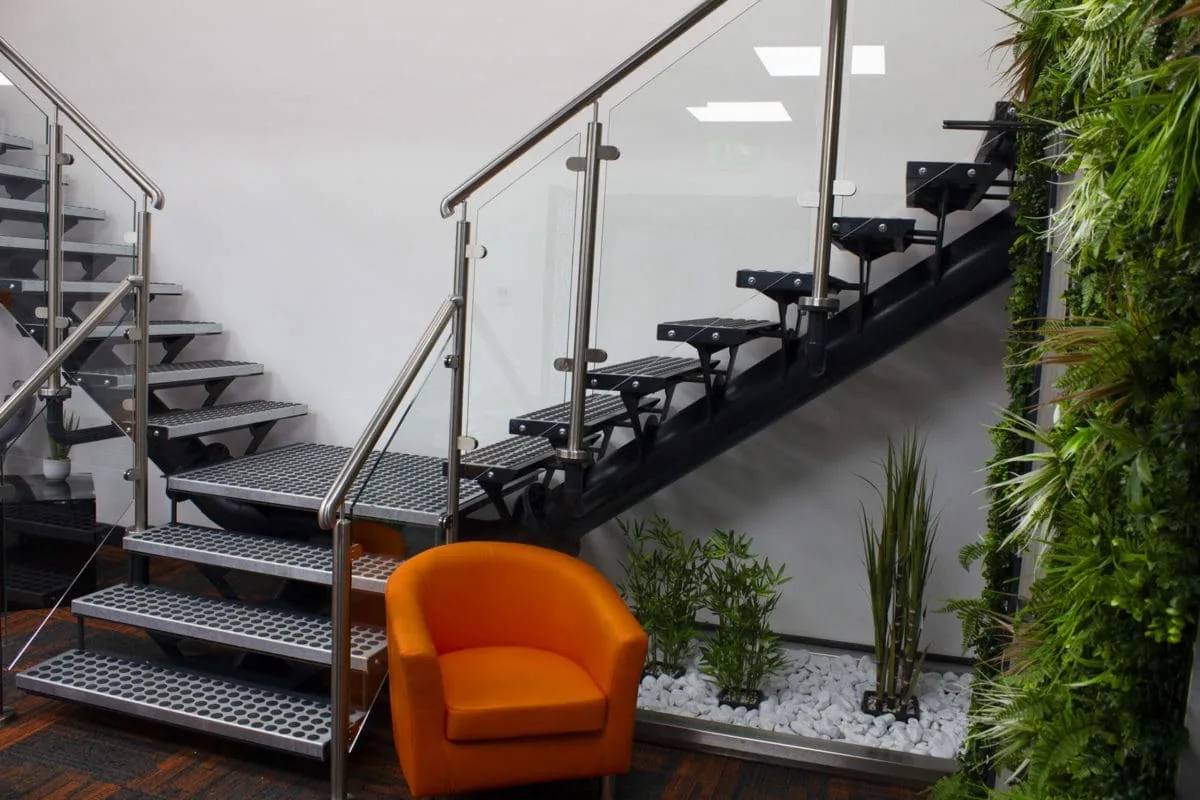
Mild Steel is a low carbon steel variant which is also known as low carbon steel.
Due to its low carbon, mild Steel is typically more malleable, machinable, and weldable than other steels. However, it also means it is almost impossible to harden through heat treatment.
Mild Steel is also magnetic due to its high iron and ferrite, which means it’s not an alloy metal.
Unlike Stainless steel, the lack of alloying elements means that mild steel iron is subject to rust if not surface treated. Because of this, it means mild steel is more affordable compared with other steel.
The affordability, weldability, and machinability make it such a popular choice of Steel for consumers.
Carbon steels are typically classified based on the amount of carbon that they contain. Each category has different purposes.
- Low carbon steel has up to 0.30% plain carbon. It is mainly used for flat-rolled steel products such as sheets, strips or light and rolled sections.
- Medium carbon steel has between 0.30%-0.60% carbon content and is used for wheels, rails, gears and vehicle components.
- High carbon steel has between 0.60% to 1% carbon. It is the strongest of the three and is used to make milling machines, cutting tools and high strength wires.
How is Mild Steel Made?
It is made very similarly to other carbon steels. It involves a combination of iron ore and coal melting together in a blast furnace.
The mixture is then moved to another furnace to burn off any impurities. At this stage, adjustments can also be made to the steel composition if needed.
Following that, the casting process involves being poured into a mould and allowed to solidify. This is then brought down to the desired size using hot rolling or cold drawing processes.
Physical Properties of Mild Steel
The properties of mild steel is why it is growing in popularity across several industries. Some mild steel’s physical properties are as follows:
- High tensile and impact strength
- Good malleability (Cold forming possibilities)
- Not suitable for heat treatment
- Magnetic
- Ductile
- Weldable
- Affordable
What Is Mild Steel Used For?
Mild steel has many uses due to its nature. Here are some examples of where it is used:
- Machinery parts
- Pipelines
- Steel frame buildings
- Gates and fencing
- Structural Steel
- Signs
- Automobiles
- Furniture
- Decorations
- Wire
- Fencing
- Nails
Steel Fabrications At Varlowe
Our team of steel fabricators can fabricate and weld most modern day metals. We employ highly experience fabricators that can work to coded specifications.
We can provide up to 3,500 person hours a week, constantly working to a high standard.
For more information, please visit our Steel Fabrication page. For more on our welding methods, please visit our Welding Services page.
You can also call us on 01902 861042 and email info@varlowe.co.uk.

